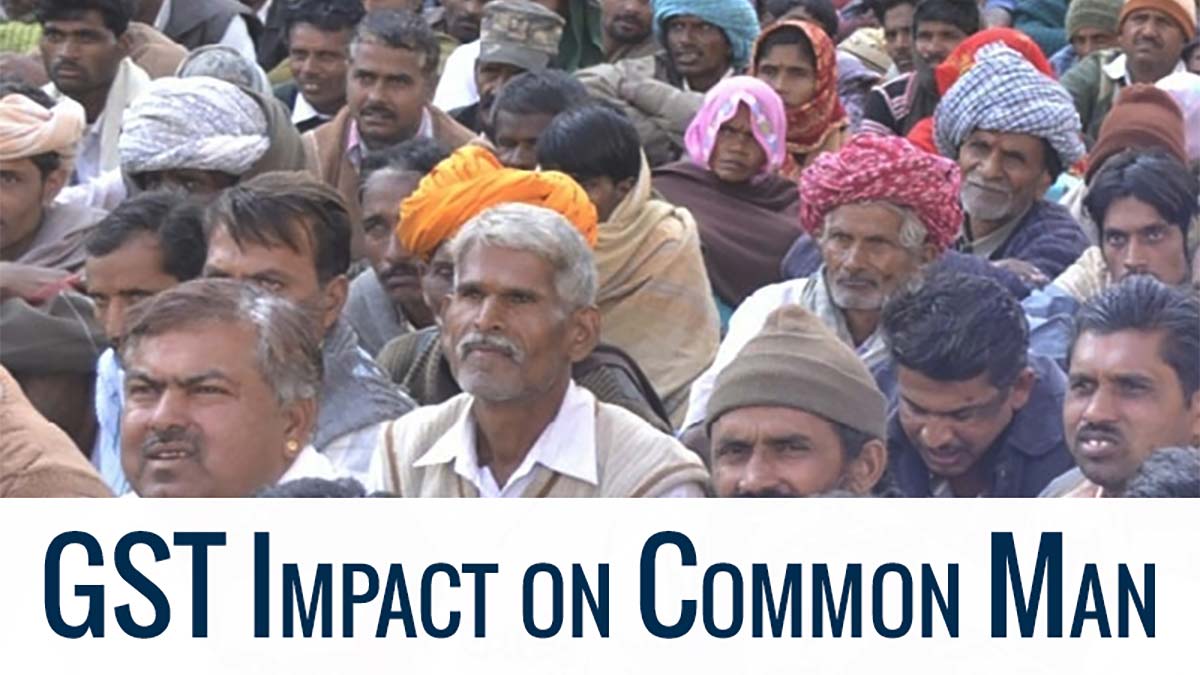
The majority of the Indian population belongs to the middle class and lower middle class, where people for their living either work in the service sector or depend on agriculture. What is the impact of GST on the common man or a middle-class family? The question arises in this scenario.
Citizens have many more questions today, like-
- Will there be any GST tax exemption in the new conditions?
- Will it cut the prices of goods and services, or make them more expensive?
- Is there anything new in GST 2.0, or just old material in a new package?
Latest Updates in the 56th GST Council
In the 56th GST Council Meeting, chaired by Finance Minister Nirmala Sitharaman, the government declared to revise GST reforms to ease taxation and lessen the burden on the middle class.
Key Highlights of Meeting
- GST Slabs Reduced: GST tax slabs reduced from four to two (5% and 18%). Only luxury/sin goods remain at 40%.
- Electronics & Instruments: GST on TVs above 32 inches, air-conditioners, auto parts, three-wheelers, and small cars decreased from 28% to 18%.
- Housing Relief: Cement has dropped from 28% to 18%, expected to facilitate construction and housing prices.
- Daily Items Cheaper: Groceries, soaps, oils, paneer, milk, butter, noodles, chocolates, and bicycles now come in the 0–5% bracket.
- Healthcare Relief: Now, no GST is levied on the Life and health insurance premiums. Essential medicines, particularly for cancer treatment, are free from tax.
Major Update in the Common Man’s Life
The revision in the GST is celebrated as a “Diwali gift” to the middle class. For the first time since the introduction of GST in 2017, the emphasis has shifted significantly towards easing household budgets.
The tax system is easier, transparent, and less prone to manipulation post GST 2.0. With amended lower slabs, people can comprehend how much tax they are filing and enjoy lower costs on essentials.
Impact on Everyday Life After the 56th GST Council Meeting
The major impact of everyday life on different items has changed after the council meeting:-
Healthcare & Insurance
- No GST is there on Life and health insurance premiums, which makes policies more affordable.
- Essential medicines, particularly cancer drugs, do not see any GST, reducing the cost of treatment for families.
Household Expenses
- A 5% or zero bracket is there on food and grocery items like milk, paneer, roti, butter, and snacks.
- Expenses are reduced on Soaps, hair oils, and everyday kitchen items
- Overall, the spending on daily essentials of a middle-class household will be less.
Housing
- The GST on Cement has been reduced to 18% from 28%.
- Homebuyers and the real estate sector will see relief as the cost of construction might be slashed.
Services
- Most services remain at 18%; exemptions in insurance and medical categories bring direct relief.
- Telecom, banking, and luxury services remain expensive under the 18–40% brackets.
Electronics & Appliances
- Relief on consumer goods- From 28% to 18% the GST on TVs, air-conditioners, refrigerators, auto parts, and three-wheelers shall be lower.
- For middle-class families, it makes aspirational purchases more affordable.
Positive Impact of the 56th GST on the Common Man
- Just 2 slabs make GST easy to comprehend.
- No levy on Insurance and essential medicines.
- Lower cement expenses help the homebuyers.
- There will be a lower chance of tax manipulation or “cascading effect.”
- Food, groceries, and daily-use items are cost-effective.
- Improved consumption is expected to boost growth and jobs.
Negative Effects Challenges
- Luxury goods are charged to tax at 40%.
- Short-term confusion will be there in moving from 4 slabs to 2.
- Some sectors may adjust prices, offsetting relief.
- Telecom, insurance add-ons, and banking remain expensive.
Closure: The main concerns of a middle-class family are always roti, kapda, makaan, and health. The reform, also known as Next-Gen GST or GST 2.0, is cited as a crucial step for an easier and people-oriented tax system. The government, by focusing on essentials, housing, healthcare, and middle-class needs, has the motive to lessen the financial stress of households while increasing consumption and the economy at large.



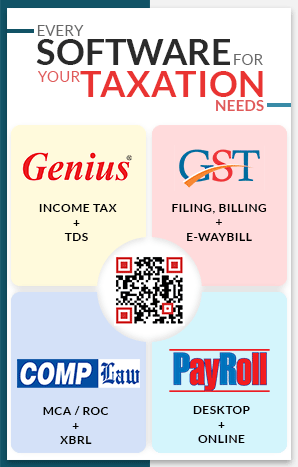
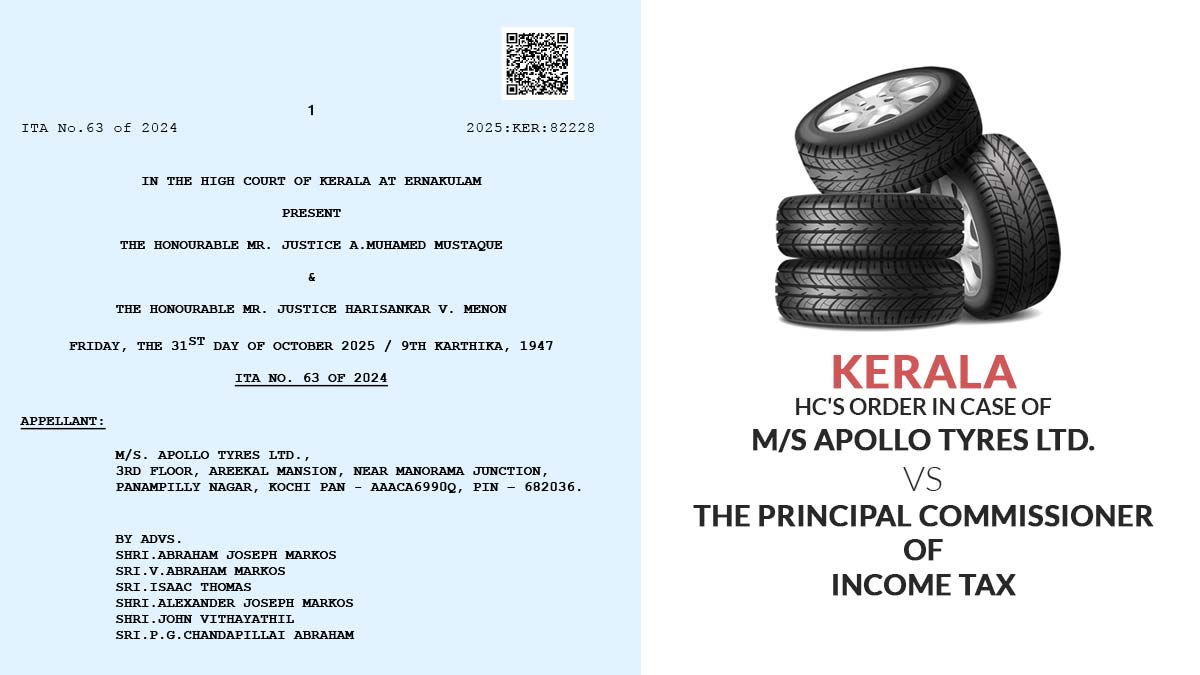
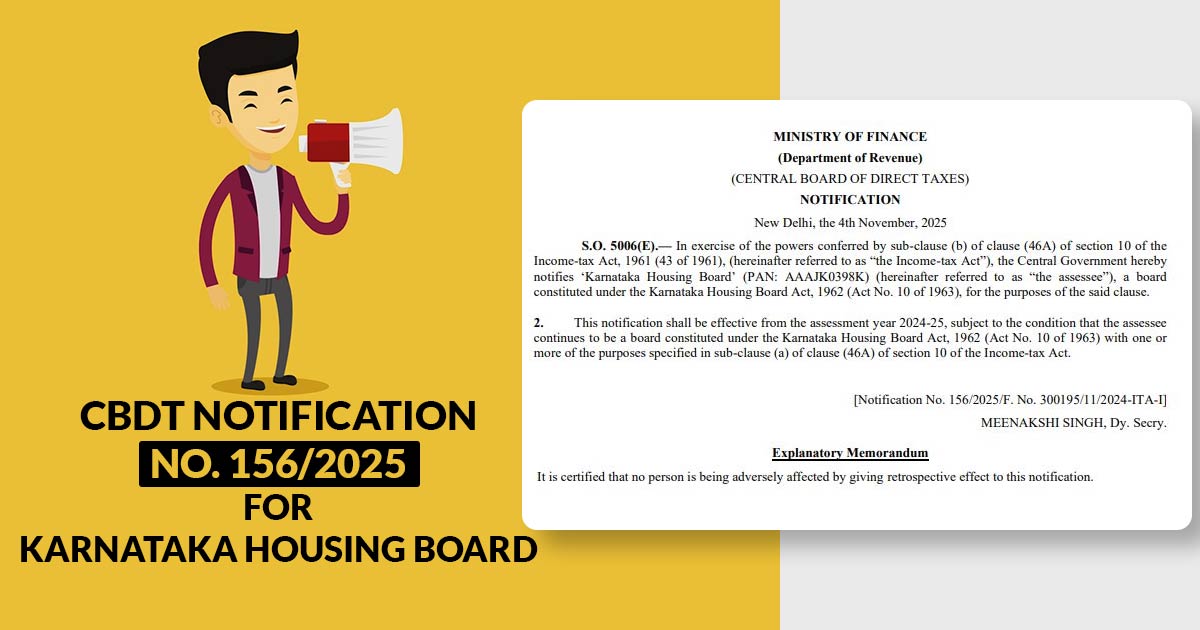
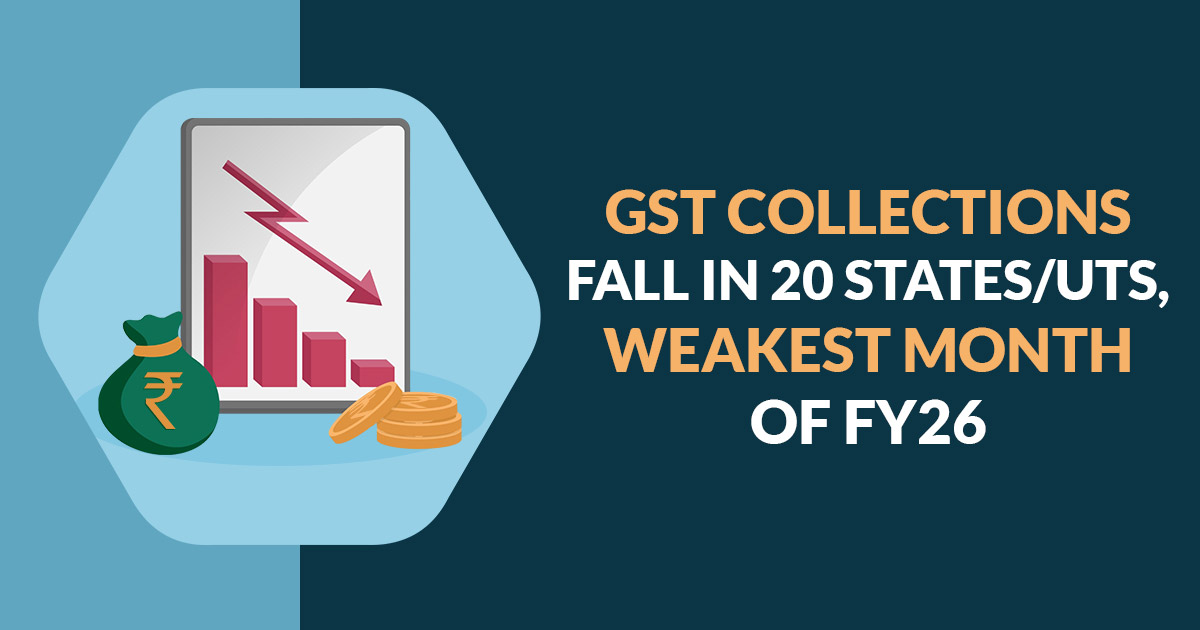
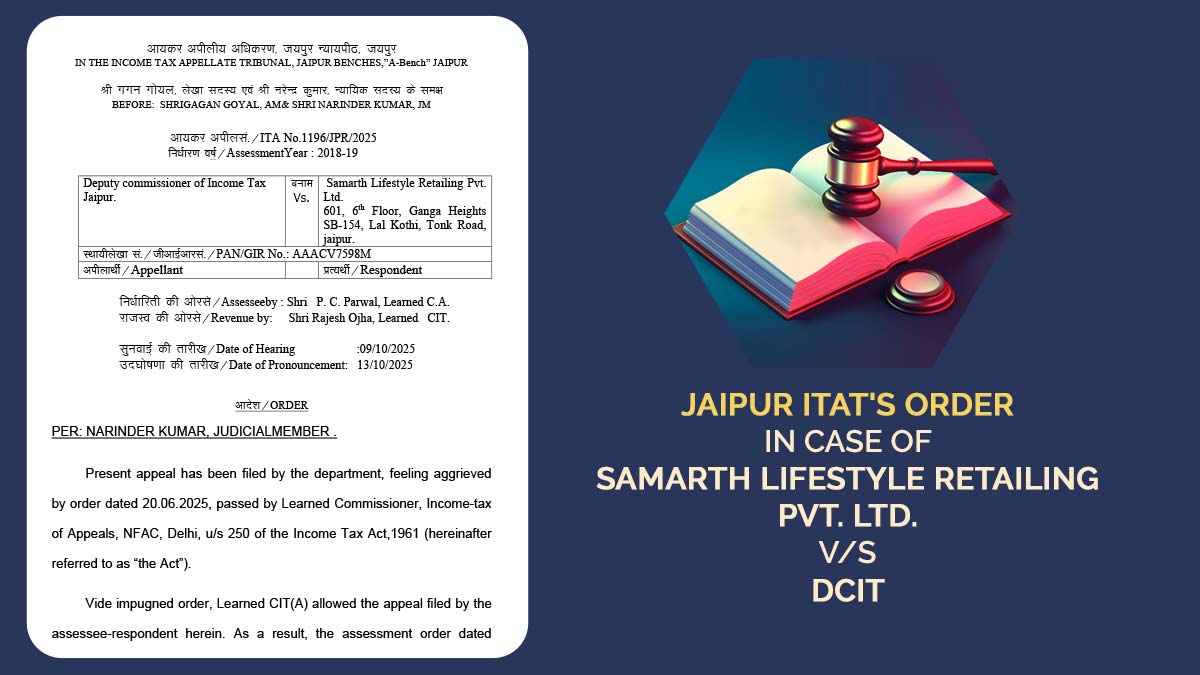
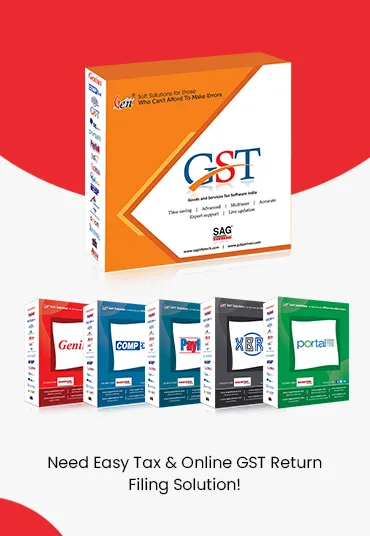
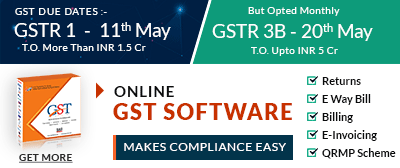
Nice article
good
I am Rajiv Singh. Qualified a master degree since
It will have great impact on Indian common man as it will fix the rate of tax on every transact and will increase the price.
And also maintaining a bank account will cost and will be unhappy news for all the poor people
GST will fuel inflation as the rates will touch 18-22% and the end consumer and Industries exempted under GST will end up bearing the final brunt of the taxes. GST with an Indian touch will work out in ways unforeseen. The benefit is to government as it can monitor end to end compliance.
Someone will come up with an idea of mapping aadhaar to individual dealer accounts and Tax returns and the scope for black money will get reduced as major transactions get mapped more so in relatively unregulated sectors like real estate and agriculture. In inter state GST will benefit the consuming state and leave the manufacturing /supplying state in a relatively disadvantaged position. This could ensure policies by state Governments for encouraging within state sales more than interstate sales.
The law is silent on interstate stock transfers and free supplies and promotional goods offered to consumers. Exemption clauses should take care of that. The indian tendency is to lobby for exemption notifications like those found under Current service taxes by Industry associations and bodies. This would cause a carve out where notifications can be ensured through political lobbying to keep segments out of the GST net. For goods carried out of the country by individual travellers a GST refund voucher scheme has to be put in place to avoid the export of taxes. Come 2017 and one will know how the scheme will play out.